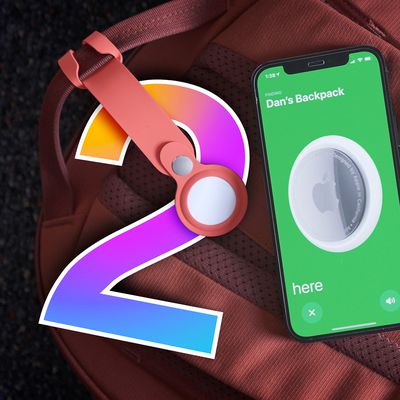
Apple CEO Steve Jobs today posted a lengthy open letter offering his "Thoughts on Flash" in an attempt to clear up some of the controversy over Apple's relationship with Adobe and its unwillingness to incorporate Flash capabilities into its iPhone OS devices.
I wanted to jot down some of our thoughts on Adobe's Flash products so that customers and critics may better understand why we do not allow Flash on iPhones, iPods and iPads. Adobe has characterized our decision as being primarily business driven - they say we want to protect our App Store - but in reality it is based on technology issues. Adobe claims that we are a closed system, and that Flash is open, but in fact the opposite is true. Let me explain.
Jobs then proceeds to lay out six aspects to Apple's argument against the use of Flash:
- Openness: Flash is a proprietary product, making it a closed system. While Apple also offers proprietary products, it believes that all web standards should be open. Jobs points to Apple's support of open standards such HTML5, CSS and JavaScript, as well as its own contributions to open source projects such as WebKit.
- "The Full Web": One of Adobe's arguments is that a lack of Flash compatibility prevents Apple mobile devices from accessing "the full web" because 75% of video in that format. Jobs counters that almost all of this video is available in the more modern H.264 format and viewable on iPhone OS devices. He also points to the YouTube application and a list of other sources all offering video in iPhone-compatible formats. With respect to Flash-based games, Jobs concedes that the iPhone is unable to play them, but notes that there are over 50,000 game and entertainment titles on the App Store, many of which are free.
- Reliability, Security, and Performance: Jobs points to a Symantec study showing Flash having one of the worst security records last year and notes that Flash is the #1 reason Macs crash. While Apple has been working with Adobe to address these issues, the problems remain. Jobs also claims that Apple has yet to see Flash performing well on any mobile device, something it has repeatedly asked Adobe to demonstrate.
- Battery Life: Long battery life essentially requires hardware decoding of formats such as H.264, but most Flash website continue to use older decoders that must run in software, crippling battery life for mobile devices.
- Touch: Interactive Flash content is mouse-driven and not easily compatible with Apple's touch-driven iPhone OS. Jobs argues that developers who need to rewrite their Flash websites to support touch anyway should look to more modern technologies like those supported by Apple.
- Flash as a Third-Party Development Tool: Jobs outlines Apple's arguments against allowing developers to create iPhone applications using Flash or other third-party development tools, citing sub-standard performance and a reliance on those third parties to adopt changes and improvements. Apple wants developers building directly on iPhone OS for the best experience possible.
Our motivation is simple - we want to provide the most advanced and innovative platform to our developers, and we want them to stand directly on the shoulders of this platform and create the best apps the world has ever seen. We want to continually enhance the platform so developers can create even more amazing, powerful, fun and useful applications. Everyone wins - we sell more devices because we have the best apps, developers reach a wider and wider audience and customer base, and users are continually delighted by the best and broadest selection of apps on any platform.
Jobs concludes by noting that Flash was developed during the era of PCs and mice, but today's low-power, touch-based mobile devices require new standards and technologies.
Perhaps Adobe should focus more on creating great HTML5 tools for the future, and less on criticizing Apple for leaving the past behind.
























